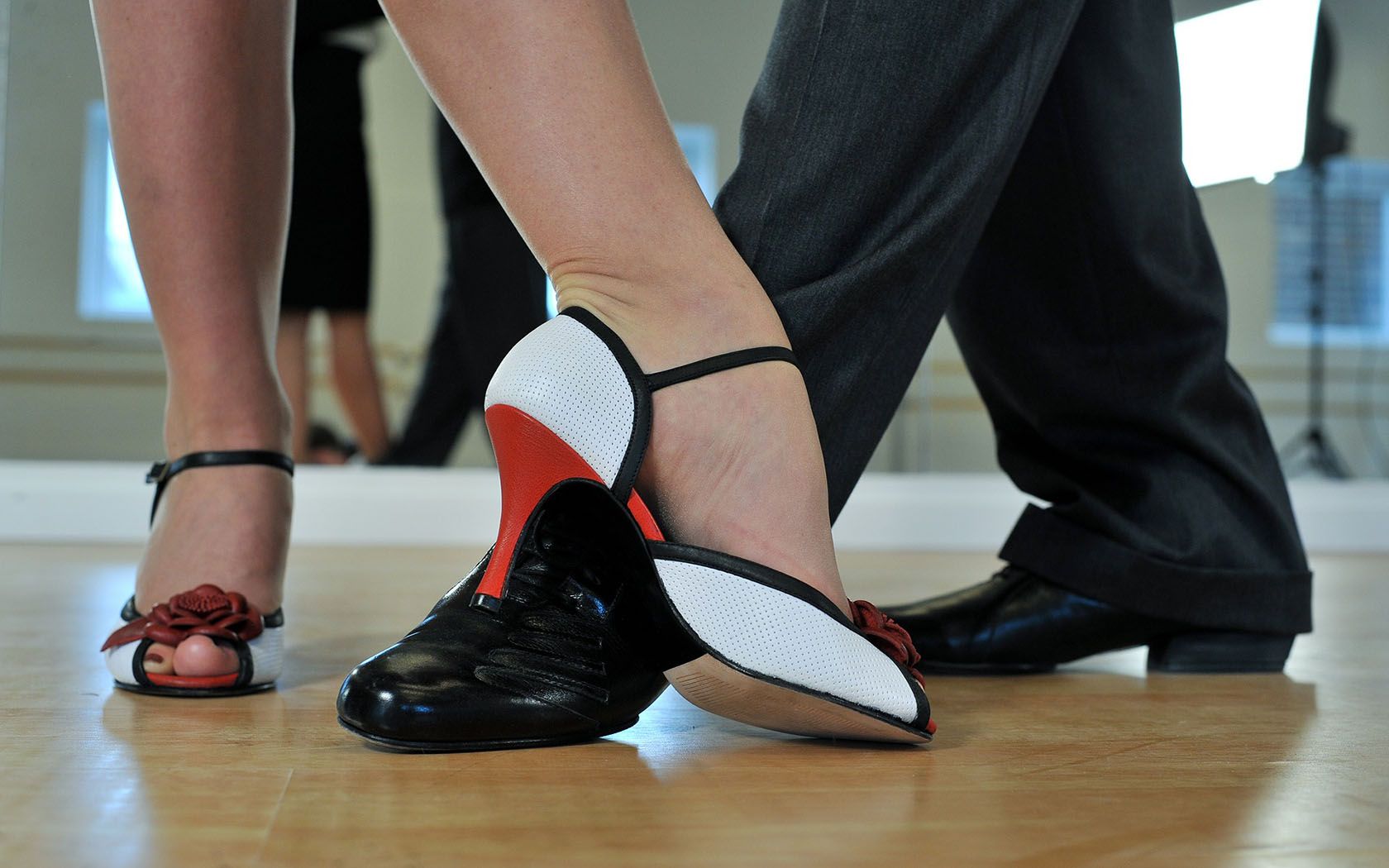Tango is everywhere in Buenos Aires, from porteños dancing in the streets to the theaters and local dance halls (milongas) where diehard fans will dance to the tango beat until dawn. It would be wrong to leave the city without trying your hand at the national dance, but like any pursuit in life, learning to dance the tango well requires a whole lot of practice and patience. We interview local tango dancer Diego Bado, co-founder of La Milonga del Chau Che, to get his tips on how to become a good tango dancer in Buenos Aires.
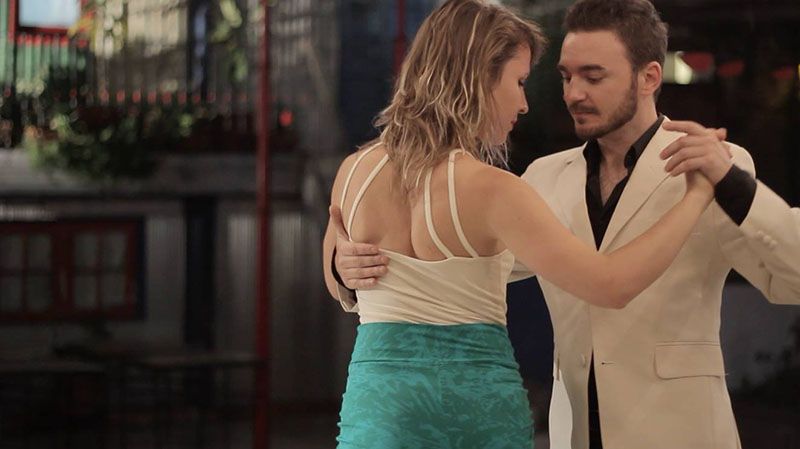
What does it take to become a good tango dancer?
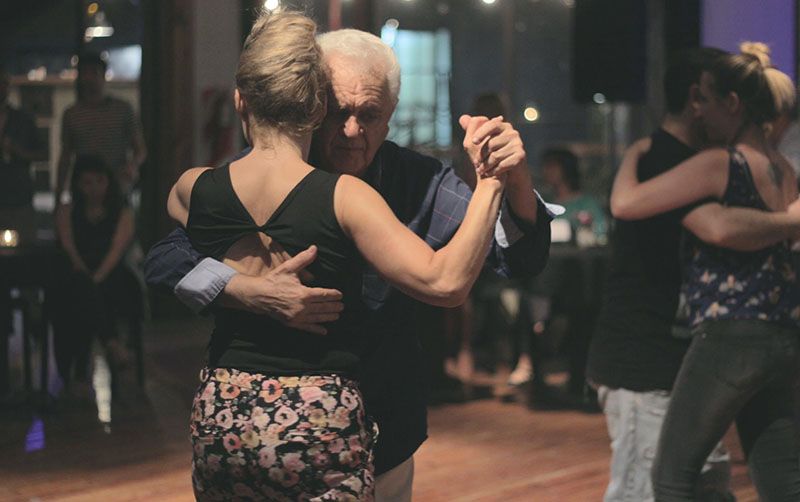
Firstly, you have to really love it. There’s no other way to get there. You can’t dance well if you don’t love it. It will show and you will feel it. What’s more, you have to find your own, genuine form of the dance without stereotypes. That is the true challenge for the artist. There are many professional dancers that are very skilled both technically and musically but they are mechanical. Sometimes there’s a way of dancing that’s in fashion and many dancers drive themselves to exhaustion trying to achieve it. But these are not real artists. The real artist knows the rules of the dance and dominates both them and the technique, while at the same time, experiments to find their own, unique way of dancing. Finally, you have to work hard and practice incessantly. It’s like any other aspect of life. In tango, nothing comes for free.
What tips would you give to someone learning to dance tango for the first time?
First of all, enjoy yourself. Don’t think about it too much and don’t allow yourself to be influenced by other people. It’s important to follow your intuition, as it’s a very intuitive dance. You’re going to get frustrated and make a fool of yourself but you have to enjoy every moment and every step. If not, there’s no point. Work hard at it because tango is a gift for life. Give it a chance. Secondly, search for a teacher that, above all, really inspires you. Someone that you like, that motivates you, even if it’s someone unknown that isn’t a famous dancer. The teacher / student relationship is very important. If you’re not convinced and you feel that they’re not on the same wavelength as you then look for someone else. Don’t give up dancing because you don’t connect. Give it another opportunity as it’s worth the effort.
Do you need to have previous dance experience to learn tango?
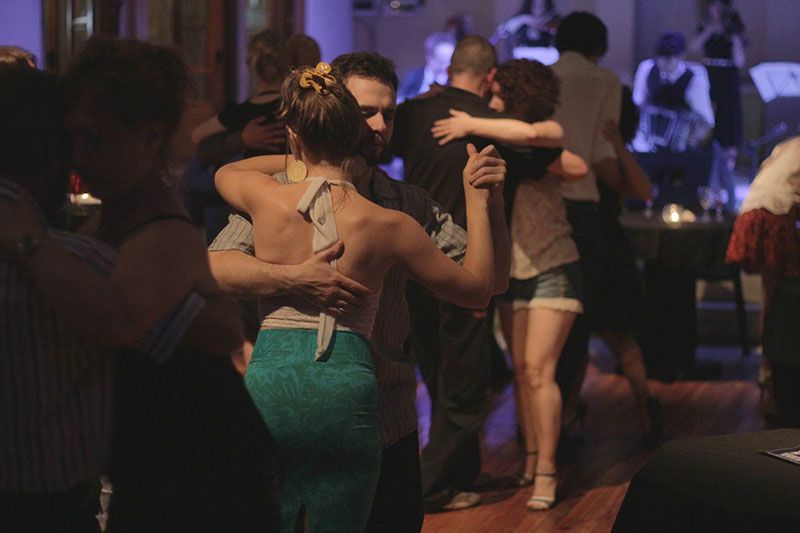
Not at all. Many of the biggest tango dancers have never danced anything but tango in their lives. Certain techniques from other dances can be useful but be careful because sometimes they can be counter productive. Tango has its own language and the training varies according to the teacher. Absolutely anyone can dance tango since tango is a dance that adapts itself to every person. There’s not a rigid structure. The greatness of tango lies in that: it evolves, changes and adapts itself to those dancing it. It adapts to the changes of the people and of society. It has its own form and logic that sometimes has nothing to do with other dances. If you can embrace and you can walk, you can dance tango.
How does tango dancing differ for the men and the women? Do they have very different roles?
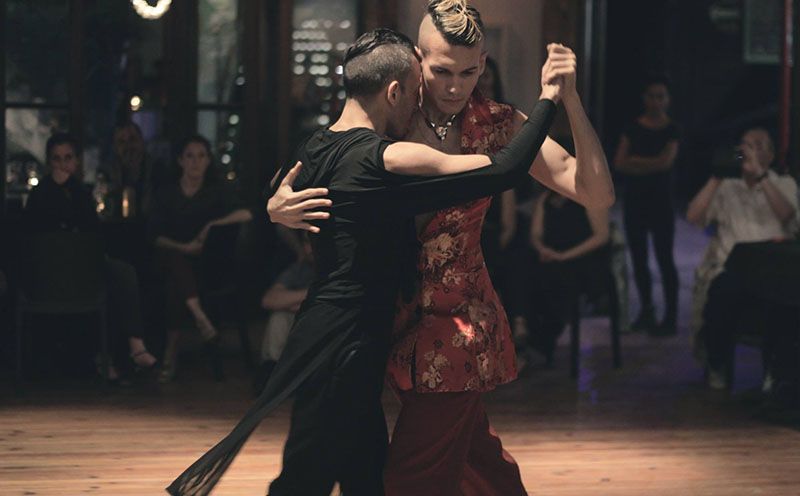
There are two very different roles in tango (leader and follower) that can be taken on by men or women. Traditionally the man occupied the role of leader and the woman of follower, but fortunately that is changing, which is opening up many new perspectives for the dance. Today there is no distinction between men and women in tango.
What’s your advice for someone going to a milonga for the first time?
First of all, if you feel uncomfortable, you are in the wrong milonga, so try others. Try to maximize your experience. It doesn’t matter if you don’t dare get up and dance the first few times you go, but be sure to observe the dancers around you and try to understand how it works. If you do decide to get up and dance, make sure it’s with a person who makes you feel good. If you make a mistake, laugh. If you crash into someone else, apologize and don’t worry about it.
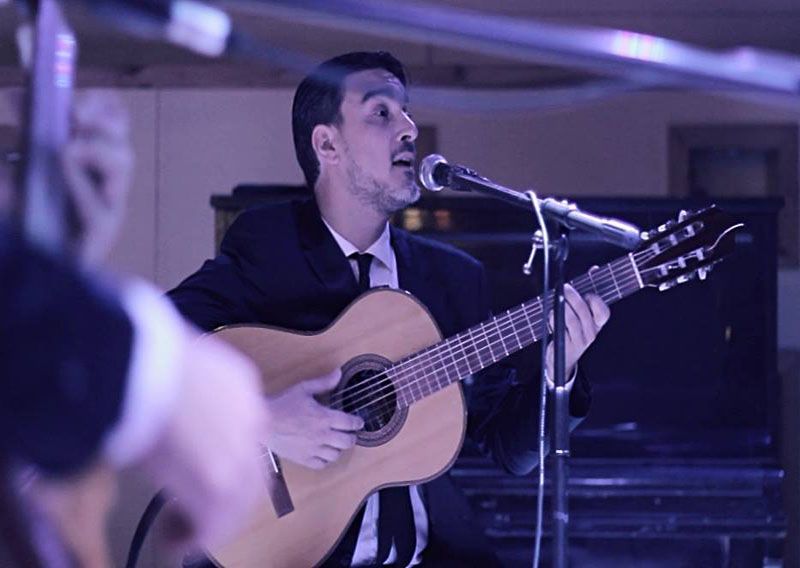
La Milonga del Chau Che is held every Thursday evening at the Chau Che Clu club in Vélez Sarsfield 222, Barracas. There is a one-hour class at 9pm that’s perfect for beginners with little or no experience, taught by bilingual teachers. The milonga kicks off at 10pm until 2:30am, with a different live music act every week. There are two dance floors (indoor and out) and a fully stocked parrilla and bar so you can learn some steps, dance under the stars and then watch the pros over a glass of wine and some tasty home-cooked food.
If you’d like to check out a few different milongas but you’re unsure of where to go, co-founder of La Milonga del Chau Che Helena Werren, also organizes outings in Buenos Aires to authentic milongas and tango concerts through her company Clandestino.
Do you have any other useful tips for dancing tango in Buenos Aires? Share them with us in the comments section below.
Originally published on Ailola by Sophie Lloyd on January 12, 2018.
